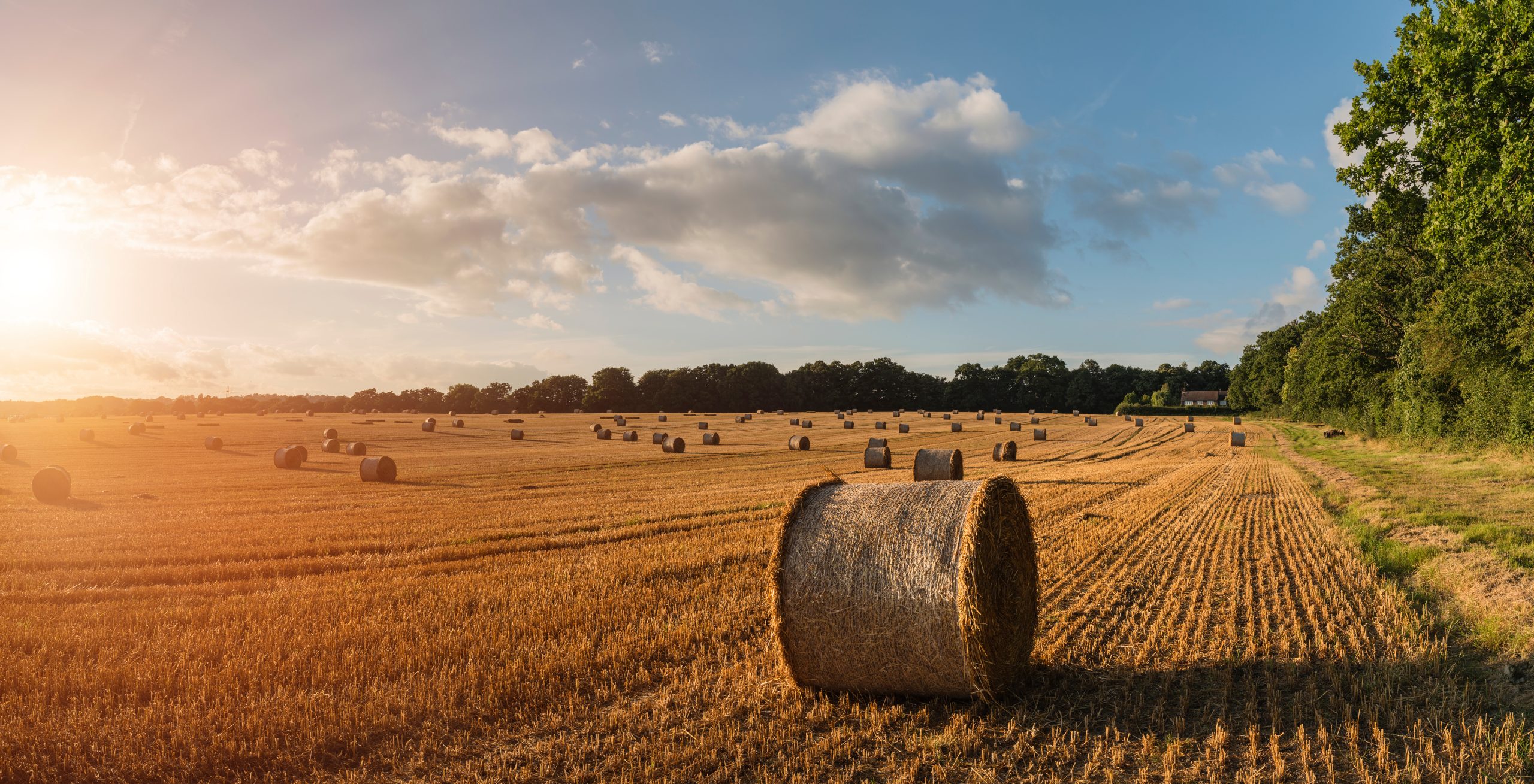State-By-State Hay Summary

Colorado—In the Oct. 31 report, compared to last report, trade activity moderate on light demand. Hay movement picked up some in the dairy and horse hay markets. Small squares of horse hay steady. According to the NASS Colorado Crop Progress Report for week ending Oct. 27, alfalfa fourth cutting 90% complete. Stored feed supplies were reported as 1% very short, 4% short, 77% adequate, and 18% surplus.
Missouri—In the Oct. 31 report, compared to last report, hay prices are steady. The supply of hay is moderate to heavy, and demand is light. As expected, drought conditions have worsened over the last week, however rains finally have begun to fall with most areas of the state receiving a half to an inch and half of rain in with much more in the forecast for the next several days. Moisture will help a wheat crop but it’s unlikely to do much else for forage this fall. It will undoubtedly help the water situation and that is become a major concern for many.
Nebraska—In the Oct. 31 report, compared to last report, bales of alfalfa sold steady to $10 lower, grass hay steady, dehydrated alfalfa pellets steady and ground and delivered hay steady. Some buyers are getting the opportunity to by all of 2023 along with 2024 hay from area producers. There is still quite a lot of hay sitting around the state. Spotty rain showers across the state this week with pretty good chance of rain into the weekend. Showers have settled the dust and clearing the air for the time being. No surprise here with the pasture and range conditions with little to no rain the last several months, and NASS rated them 37% very poor, 26% poor, 24% fair, with only 13% good or better this week.
Oklahoma—In the Oct. 25 report, compared to the last report, the hay trade is slow to a standstill. Movement is only for long-time customers and contracted hay. There is still an abundance of hay in Oklahoma. The drought continues to worsen; over a quarter of the state is in an extreme drought. Rain is needed for animals, for the ponds to start to fill up, or for water supplies. Next report will be released Nov. 8.
Texas—In the Nov. 1 report, compared to last report, hay prices are mostly steady across all regions. Hay movement and demand are beginning to pick up. Livestock producers have begun some supplemental feeding as pastures enter dormancy. Next report will be released Nov. 15.
South Dakota—In the Nov. 1 report, compared to last report, demand and movement for all hay has been extremely slower than normal, producers are saying it has been quiet. Most producers are stating corn harvest and what hay that is being sold is going out of state.
New Mexico—In the Nov. 1 report, compared to last week, hay demand is steady. According to the NASS, New Mexico Crop Progress report Oct. 27, alfalfa hay is in the sixth cutting, 70% complete. Hay and roughage supplies were reported as 26% very short, 36% short, 34% adequate, and 4% surplus, compared with 21% very short, 32% short, 42% adequate, and 5% surplus last week.
Wyoming—In the Oct. 31 report, compared to the last report, producers said movement and demand is light for this time of year all over Wyoming. According to the Wyoming Crop Progress Report, as of Oct. 27, alfalfa hay third cutting is 80% completed, other hay second cutting is 42% harvested, corn harvested for silage is 93% completed in the state.
Montana—In the Nov. 1 report, compared to last report, hay sold mostly steady. Hay movement has picked up as ranchers are starting to market their calves. Demand for hay continues to see improvement week over week. Unseasonably warm weather continues to be seen across the state with no major changes in the extended forecast. Mild weather has allowed ranchers to keep cows and calves out on pasture and range longer and off the feed bill. Hay supplies in central Montana remain high with some producers still trying to finish selling old crop hay. Old crop hay sales continue to be seen on a weekly basis. Supplies of feeder quality (fair and utility) hay are especially high in central Montana. Most of the state has wrapped up hay production for the year.



